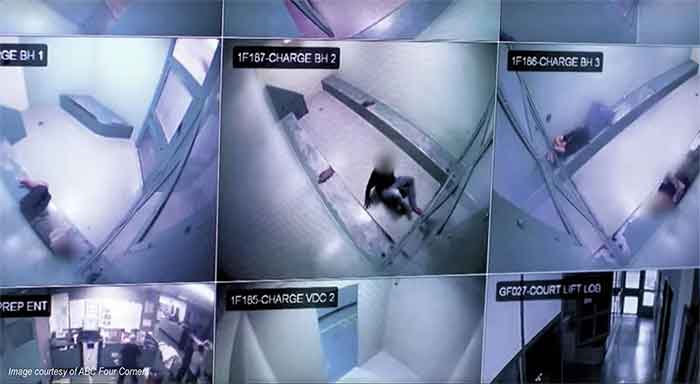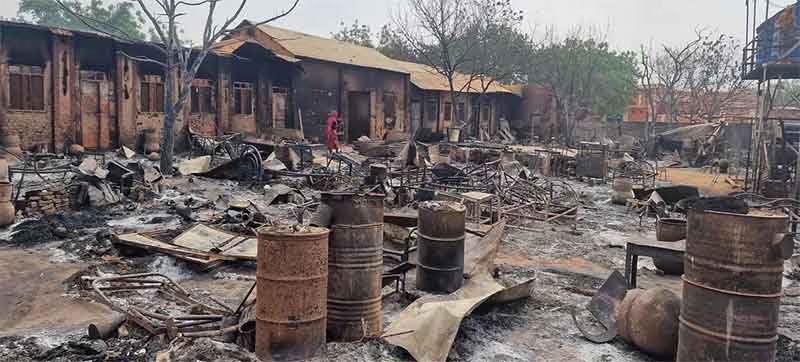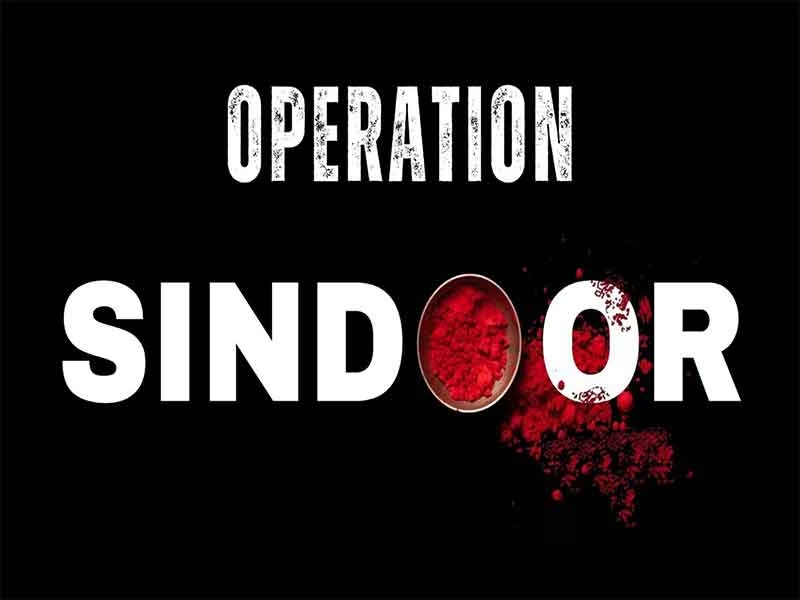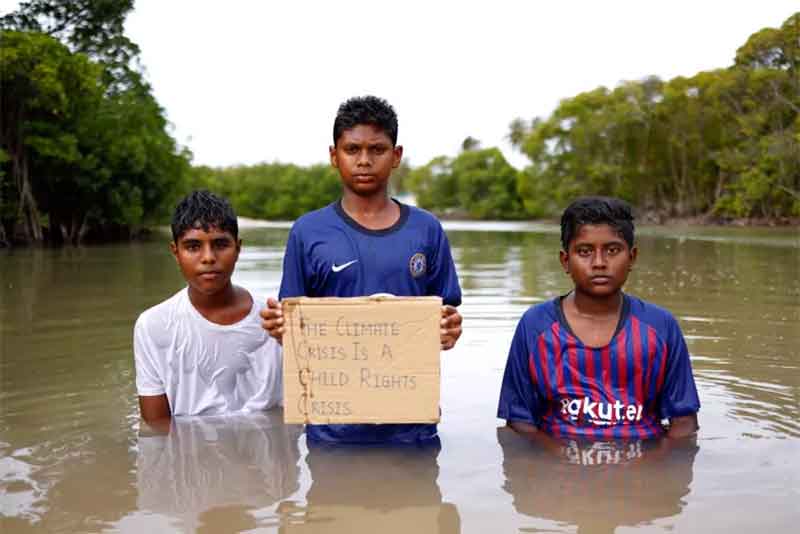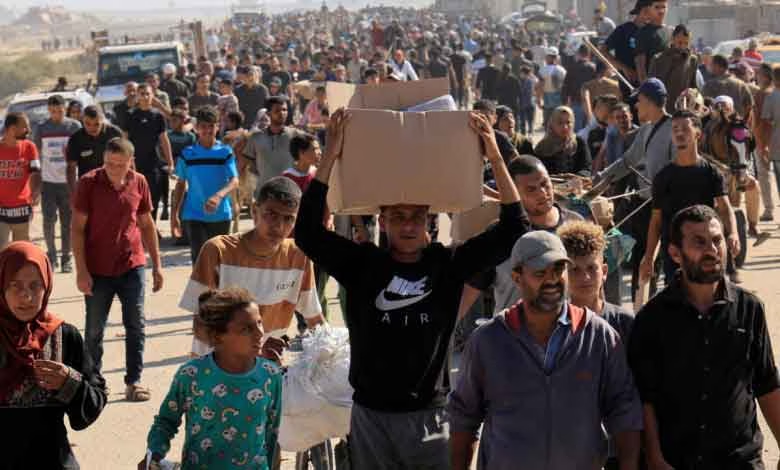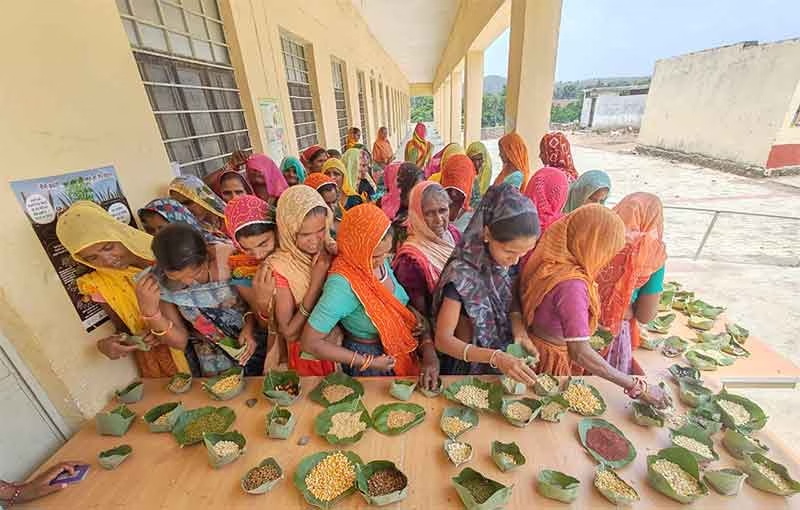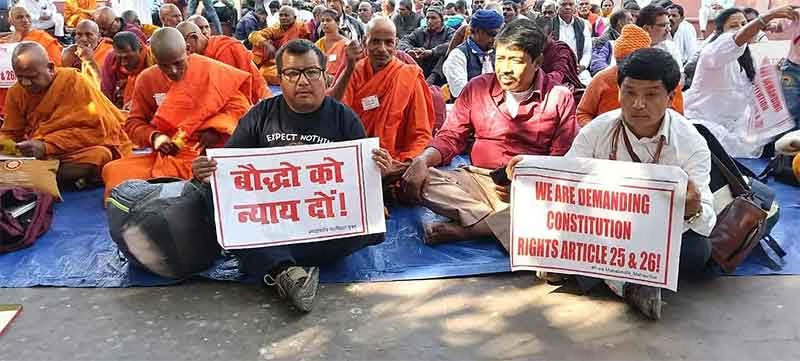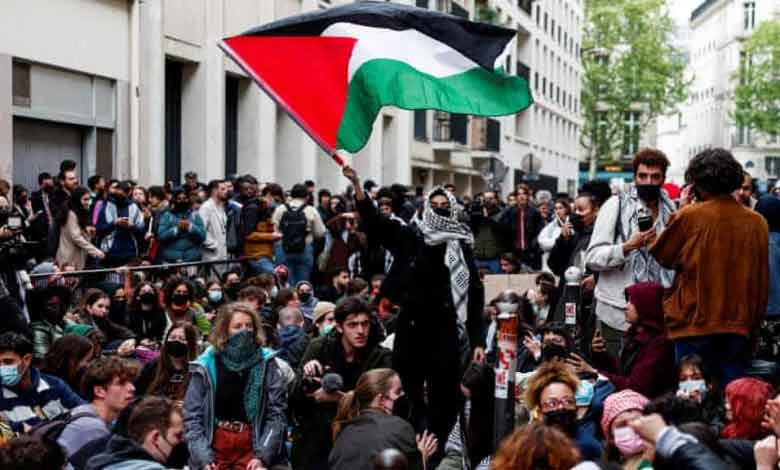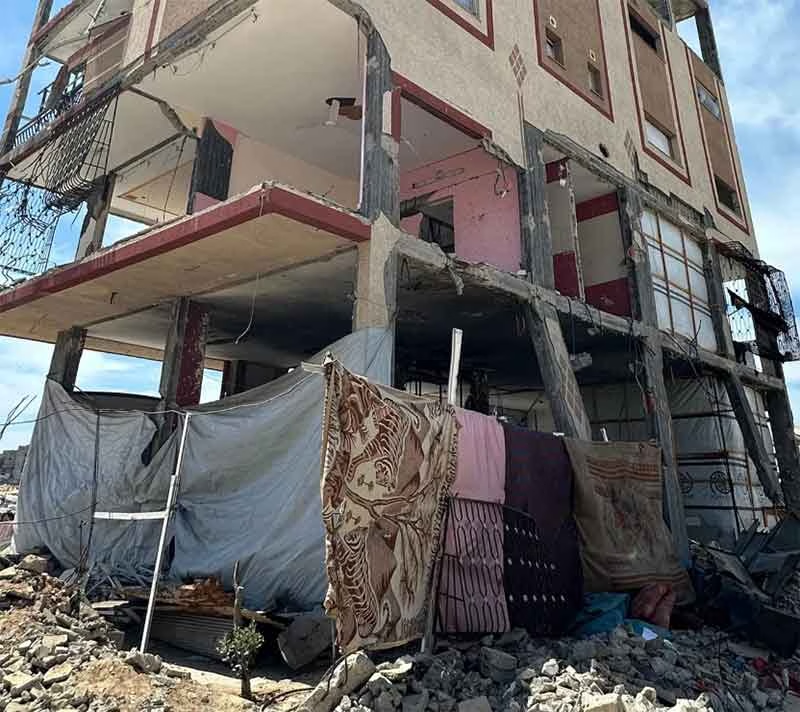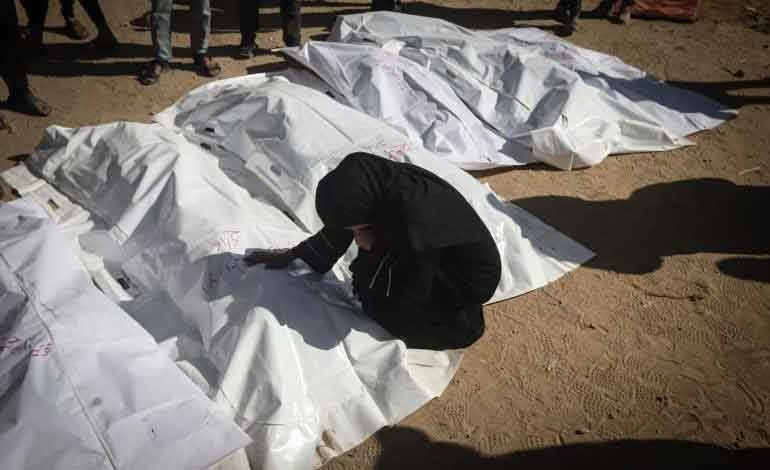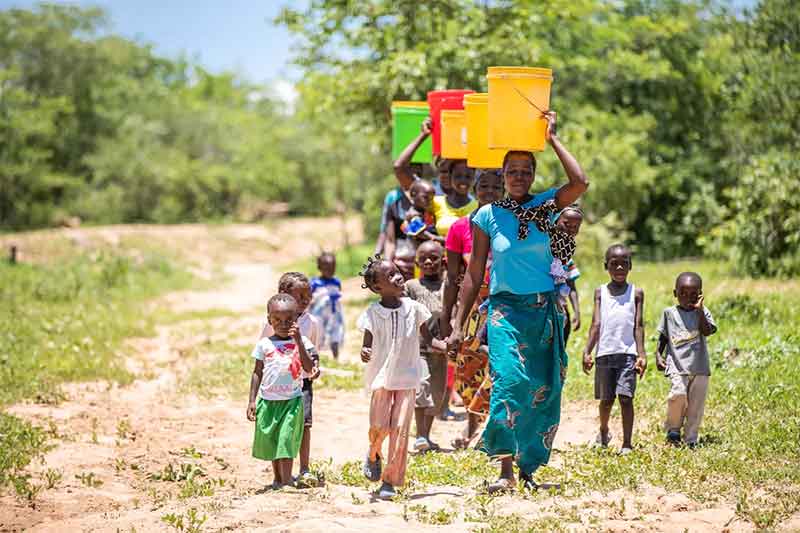But are privacy rights coming in the way of reuniting lost children with families?

In the backdrop of international development agencies such as International Labour Organisation (ILO) warning an imminent rise in incidence of child-trafficking during the pandemic, the Railway Police Force aims to use technology to outsmart unscrupulous elements trafficking children. It is rolling out a new set of SOPs (standard operating procedures) issued in December 2021 which spells out much more clearly the roles and responsibilities of different official arms—ranging from station officials to railway police officials. Stakeholders such as civil-society organisations say things are looking up, but there is scope for improvement including some processes which prioritise privacy rights over pressing humanitarian concerns.
Preventing unaccompanied children – runaway, missing or those getting trafficked – from falling into the trap of child labour at Railway stations had been on the radar of the government and civil society organisations for many years now. The pandemic – that saw an increase in the number of children who lost their parent/s or whose parents had been pushed to poverty – further accentuated the need to be vigilant.
In July 2021, the Railway Police Force (RPF) ‘formally’ heightened its efforts to reach out to every child whose path crossed the Indian Railways’ ecosystem to protect the children from trafficking. Following inputs from various stakeholders, the RPF institutionalised a revised SOP for care of children in contact with railways in December-end 2021, which has called for closer monitoring of railway ecosystem across the country, clearer demarcation of roles and responsibilities for all railway stakeholders involved and spelt out ways for greater use of technology.
Tech-solutions can help bust trafficking
Railways Police Force is planning to use security cameras with facial recognition, biometric records, and online searchable database to nab offenders and help children who fall victim to trafficking. “Lately, to avoid getting caught, child traffickers are changing strategies,” said multiple civil society stakeholders working in the space. Traffickers are using stations with lesser surveillance, dressing children in decent clothes so that appearance is not a give-away, using fake Aadhaar identity cards to show a ‘higher age’ of kids, they point out.
To counter these, Railways is promoting use of technology such as CCTVs with facial recognition, cameras at red-flagged railway stations (based on past data of children rescued to prevent trafficking and reunite children with their families), an official said. As of March 2022, Railways had already installed CCTVs at 840 odd stations, according to a railway official.
Railways is also planning to record the biometrics, photographs, among other details of children. RPF is readying an online database of children rescued at railway stations with photos in searchable format. This information can be shared on a need-to-know basis with law enforcement agencies, according to the new SOP.
“So, if an NGO or a law enforcement agency were to search for the particulars of a child from any other place through Aadhaar, etc, then they could be matched through the railways’ database,” said the official. Many child-labour victims also have a history of repeatedly getting abandoned by extended family or leaving homes by design, making such a database a useful tool.
More child-help desks, more robust child helpline on cards
The revised SOP re-prioritised the issue by specifying in a much clearer manner the roles and responsibilities of people at a railway station, stressing on the need to intensively sensitise RPF, Government Railway Police (GRP) personnel, station staff, travelling ticket examiners, railway and private employees at railways stations and CCTV control rooms.
“Authorities from different railway agencies in some stations used to feign ignorance regarding earlier SOP that specified their duties and responsibilities. Now, we find many of them, particularly the Railway police personnel, much more responsive when we approach with requests,” said a civil society stakeholder.
The nature of outreach activities has been specified clearly as well, said another civil society member. Making the Childline (the common helpline number) more functional and robust has been made a priority, he added. The execution of the concept of “imprest money” which is to be provided from the Railways to feed the children when they are rescued has been paid attention, added the civil society stakeholder.
Clearly taking note of how Covid-19 has made children more vulnerable, the revised SOP says that children who have “lost one or both parents during the pandemic, whose parents were driven to poverty due to unemployment and were compelled to work as child labour –are more vulnerable to be trafficked for labour or illegally adopted, among others.”
Railways is planning to increase the child help desks to more stations. “In mid-2021, only 132 stations out of 7,400 odd railway stations in the country had a dedicated child help desk. We have 1000 major stations, and at least 202 stations with heavy footfalls. We have to expand the help-desk network to be effective,” a railway official admitted.
Privacy rights clashing with reunion of lost children with families?
To trace the family of lost, runaway, or missing children, UIDAI’s Aadhaar database serves as an important tool. “There have been several cases where such children have been reunited with their families by matching their photos or other details through Aadhaar cards” reckon multiple activists in the space.
That said, some civil society organisations are facing a different kind of challenge. “Even if a child has a previous Aadhaar card, there is no government provision that allows Aadhaar service centres dealing with such children to extract the address and other such information due to privacy concerns,” informs a stakeholder.
According to a representative of Jeevodaya, an organisation that works with children rescued from railway stations, “We have cases where children were in our Child Care Institution for three-four years and we were not able to trace their address. Though the Aadhaar system showed that their address existed, we were unable to access the address details. After four years of consistent efforts, we were able to get their Aadhaar details with the help of a district collector, who personally requested some authorities to get the information.”
The representative of Jeevodaya felt that had there been a system to match identities, children would have found their families much earlier. “Our request is to specify a process or standard operating procedure so that some authority – any government agency – is made responsible for accessing details of the children with Aadhaar data with a special provision, so that we can search the details of the child once we rescue any child from anywhere,” urged the Jeevodaya official.
How successfully the existing Aadhaar system is used to find out the real addresses of missing or runaway children depends on time and energy accorded to such cases of missing children. There was a case of a runaway child, who had given his false name and it was through an Aadhaar database search that his true name and particulars were discovered, said a civil society member. At times, the civil society organisation discovers about the presence of a prior Aadhaar card, when it tries to make a new Aadhaar card – which cannot be formed as there is an existing card – but they are unable to extract the original details.
A provision that mandates checking of Aadhaar details to find a child’s original whereabouts within specified days before a child is sent to a child-care institution or before his new Aadhaar card is made can help, said the Jeevodaya representative, offering a solution. Mandating a Aadhaar based search within a certain number of days – to reunite children with family or make a new Aadhaar card — also addresses the issue of ‘unreliable’ child-care institutes that save children with an aim to get grants, added a colleague of his from civil society.
The article is written as a part of Work: No Child’s Business (WNCB) fellowship.
Mamuni Das is a senior journalist based in Delhi. Share your feedback on
Charkha Features





